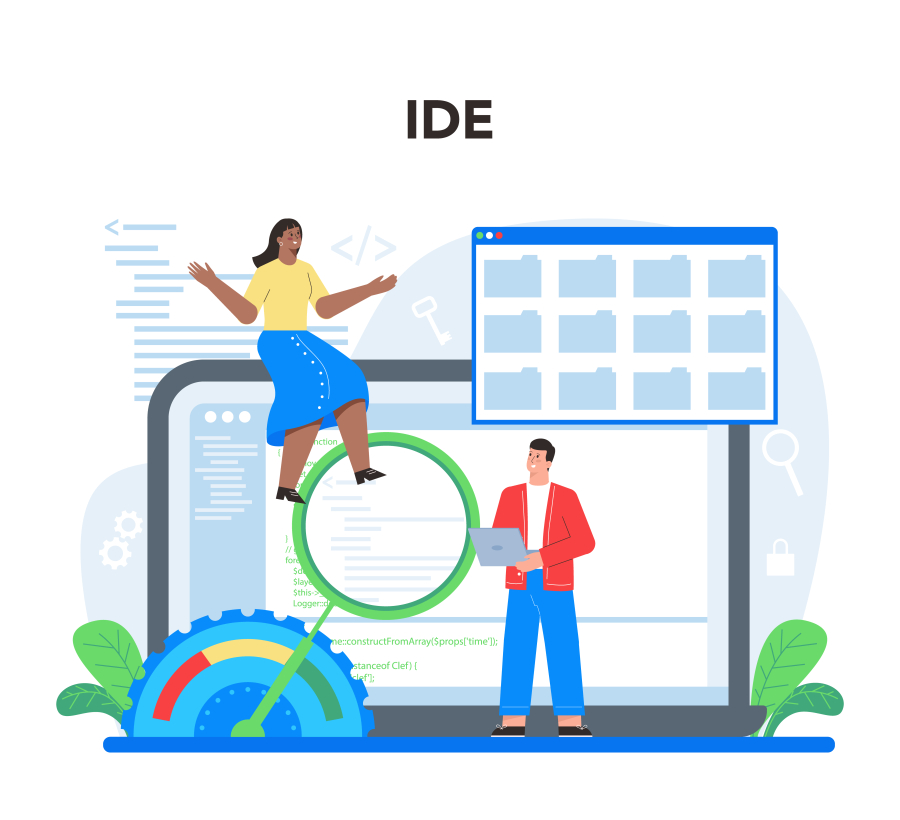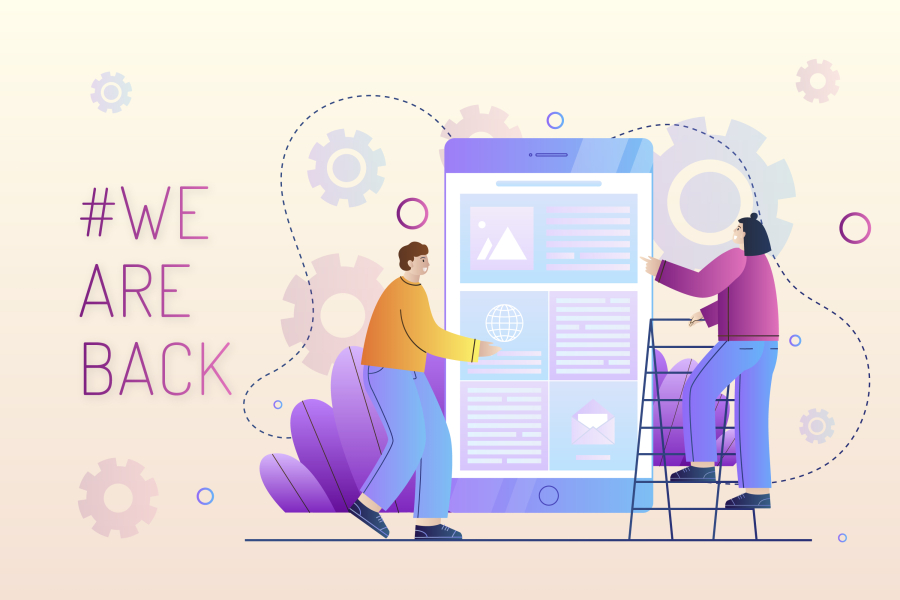Understanding APIs with Real World Examples
In today’s interconnected digital ecosystem, APIs (Application Programming Interfaces) are the hidden engines that power seamless data exchange between platforms, applications, and devices. For freelancers, especially in finance, tech, and consulting, understanding how APIs work can be a major career advantage. APIs are not just for developers—they are tools that enable automation, integration, and smarter workflows. Whether you are offering financial reporting services, building data-driven dashboards, or connecting multiple platforms for your clients, API knowledge can give you an edge over competitors.
This article on freelancerbridge explores what APIs are, why they matter, and how they function with real-world examples that you can relate to, even if you’re not a programmer.
Long Description
1. What is an API?
An API is a set of rules that allows one software program to communicate with another. Think of it like a translator between two different systems—without APIs, these systems might not understand each other’s language.
For example:
When you use a travel booking site to compare flight prices, the site connects to airline APIs to fetch live data.
When your freelance accounting dashboard pulls transactions from PayPal, it’s using PayPal’s API.
2. Why APIs Matter for Freelancers
As a freelancer, APIs can help you:
Automate workflows (saving hours of manual work).
Integrate multiple platforms for seamless data flow.
Access real-time data for accurate insights.
Offer value-added services to clients without building tools from scratch.
Example: If you manage bookkeeping for international clients, integrating currency exchange APIs ensures your financial reports are always updated with the latest conversion rates.
3. How APIs Work – The Basics
APIs generally follow a request-response cycle:
Request: Your app (or software) sends a request to an API endpoint.
Processing: The API processes your request based on set rules.
Response: The API sends back data in a structured format, often JSON or XML.
Think of it like ordering food at a restaurant:
You (the customer) place an order with the waiter (API request).
The kitchen (server) prepares the meal.
The waiter brings your meal back (API response).
4. Types of APIs
There are several categories of APIs you should know:
Public APIs: Open for use by anyone (e.g., OpenWeather API for weather data).
Private APIs: Used internally by organizations.
Partner APIs: Shared between strategic business partners.
Composite APIs: Combine data from multiple sources.
5. Real-World API Examples for Freelancers
a) Payment APIs
Example: PayPal API, Stripe API
Use Case: Automating invoicing and payment processing for freelance clients.
b) Social Media APIs
Example: Facebook Graph API, Twitter API
Use Case: Scheduling posts and analyzing engagement for freelance social media managers.
c) Financial Data APIs
Example: Alpha Vantage, CurrencyLayer
Use Case: Integrating live stock prices and currency exchange rates into client dashboards.
d) Communication APIs
Example: Twilio, Zoom API
Use Case: Automating SMS reminders for client meetings or integrating video calls into your workflow.
e) Cloud Storage APIs
Example: Google Drive API, Dropbox API
Use Case: Automatically storing reports in cloud folders for client access.
6. Benefits of Using APIs in Freelance Projects
1. Time Efficiency
No need to manually collect data—APIs fetch it for you instantly.
2. Accuracy
APIs pull live data, reducing errors in financial reports or analytics.
3. Scalability
Once set up, APIs can handle large data volumes without extra manual work.
4. Client Satisfaction
Faster, more reliable deliverables increase trust and retention.
7. API Integration in Non-Technical Fields
Even if you are not in tech, APIs can enhance your services.
In Freelance Writing: Use APIs to research trending topics from platforms like Google Trends.
In Virtual Assistance: Integrate calendar APIs to manage bookings automatically.
In Finance Consulting: Connect accounting tools like QuickBooks to CRM systems via APIs.
8. Challenges When Working with APIs
While APIs are powerful, there are some challenges:
Authentication Requirements (API keys, OAuth tokens).
Rate Limits (restrictions on how many requests you can make).
Data Format Issues (ensuring data is structured properly).
Version Updates (API changes can affect your integrations).
For freelancers, these challenges are manageable with the right documentation and testing.
9. Best Practices for Freelancers Using APIs
Understand the API Documentation – Read the official guide before integrating.
Test in a Sandbox Environment – Avoid errors by practicing in test mode.
Secure Your API Keys – Never share keys publicly.
Stay Updated – APIs evolve; subscribe to provider updates.
Track API Usage – Monitor limits to avoid service interruptions.
10. Future of APIs and Freelance Work
The demand for API-driven workflows will only grow as businesses automate more processes. AI-powered APIs will enable freelancers to access advanced analytics, automate decision-making, and offer data-as-a-service to clients.
For example, integrating AI APIs like OpenAI into customer support workflows could allow freelancers to offer 24/7 virtual assistance to global clients.
Conclusion
Understanding APIs is no longer optional for freelancers—it’s a necessity. Whether you’re in finance, marketing, tech, or consulting, APIs can help you work smarter, scale faster, and deliver higher-quality results. By leveraging real-world API examples, you can see how this technology applies to your own projects and services, even if you never write a single line of code.


 by Emily
by Emily




